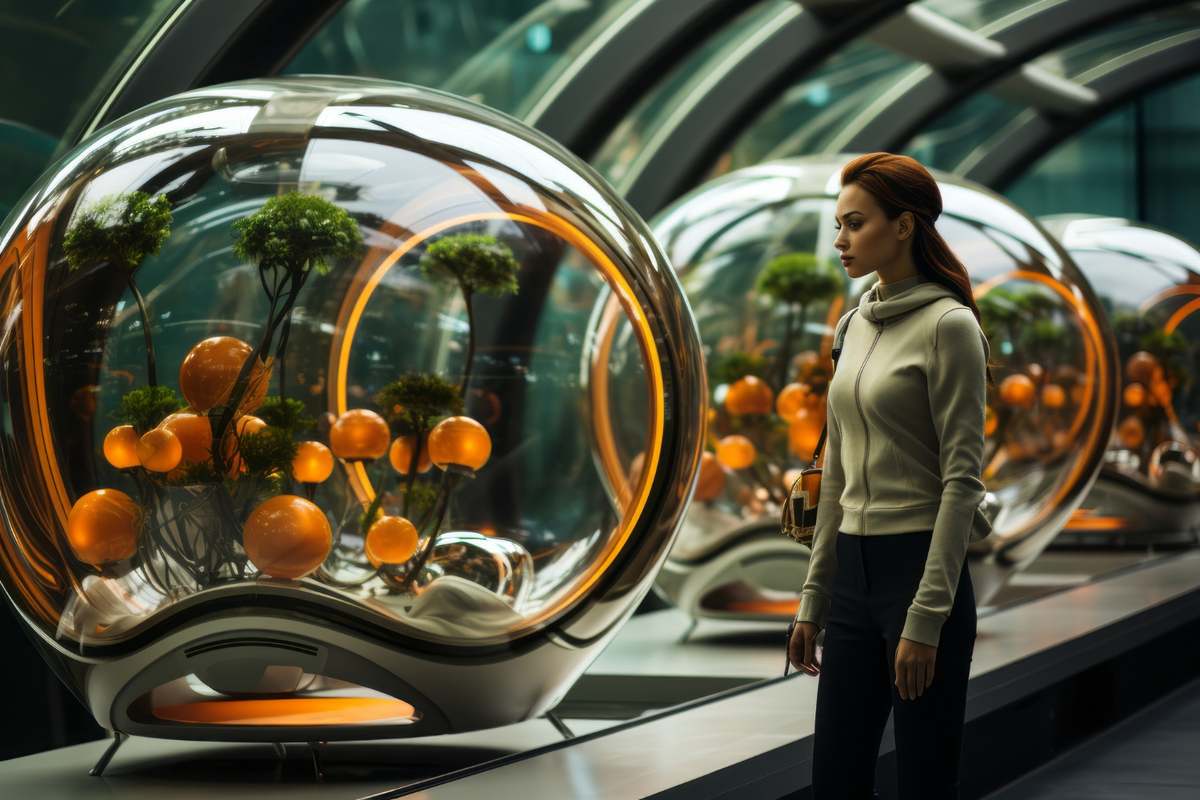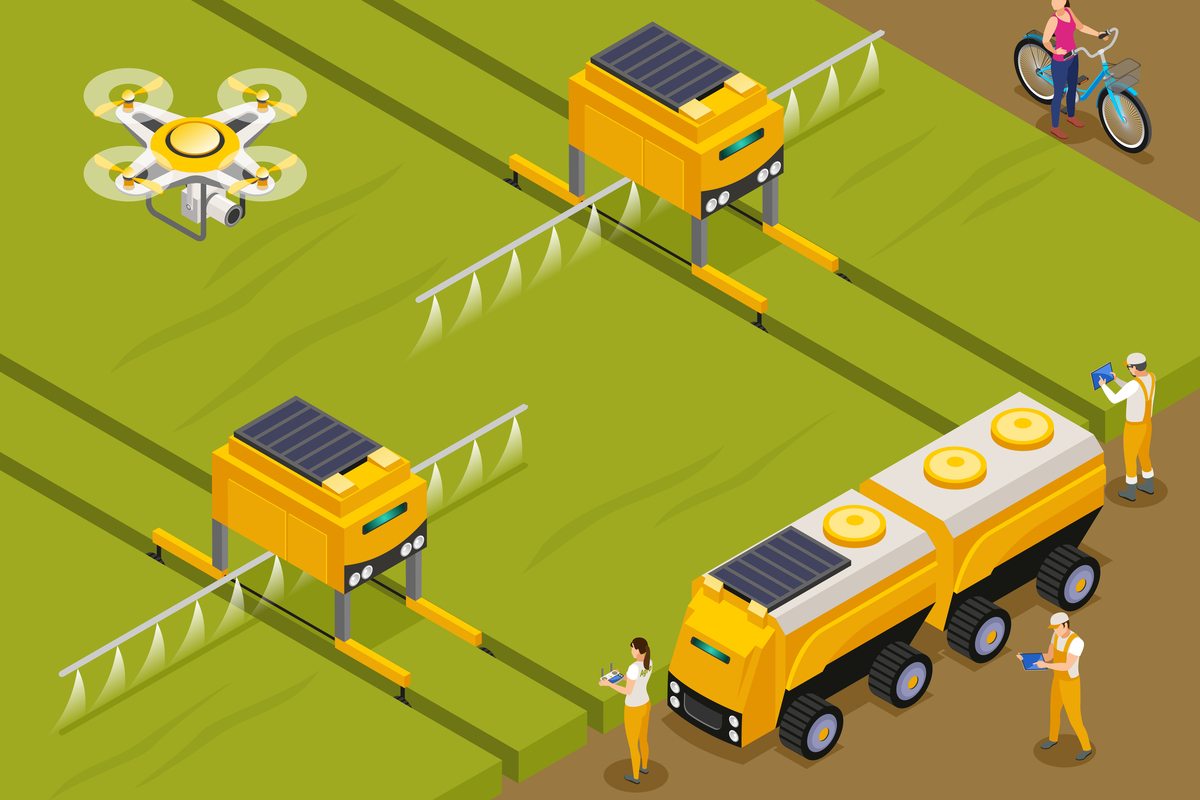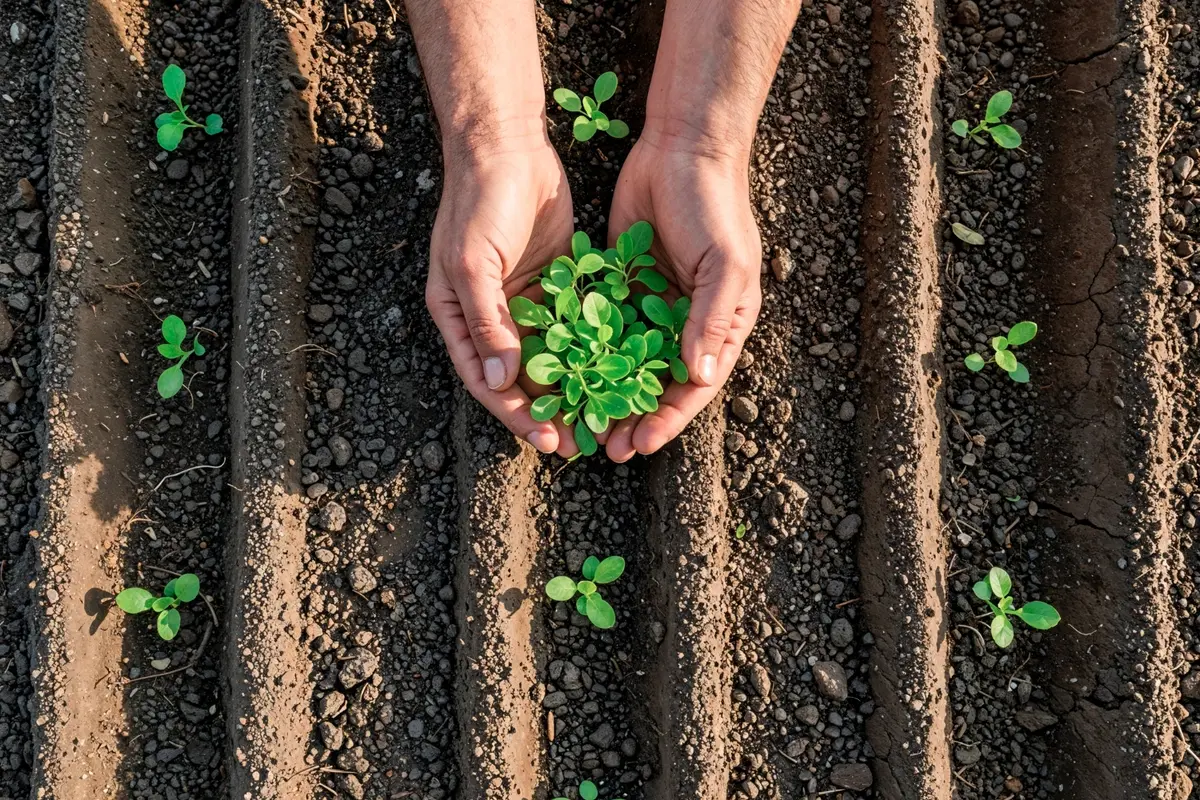Traditional agriculture relies on age-old farming methods that have been handed down through the years. It usually emphasizes small-scale farming, utilizing natural resources and limited machinery. Farmers often rely on hand tools, animal power, and organic fertilizers such as compost or manure. This approach is commonly found in rural regions and aims to maintain soil health through techniques like crop rotation and mixed farming. While these practices are very sustainable, making use of local resources and promoting a balance with nature, they can result in lower yields and demand more labor.
Modern agriculture stands out for its incorporation of cutting-edge technologies, machinery, and synthetic materials like chemical fertilizers and pesticides. Its primary goal is to enhance crop yields and operational efficiency through methods such as genetically modified organisms, precision farming, and extensive irrigation systems. Although this approach has significantly boosted food production to satisfy the rising global needs, it also brings about worries regarding environmental issues, including soil degradation, water contamination, and a decline in biodiversity, largely due to its dependence on chemicals and intensive farming methods.
Difference Between Traditional Agriculture and Modern Agriculture

Here is the difference between traditional agriculture and modern agriculture in detail.
| Attributes | Traditional Agriculture | Modern Agriculture |
| Scale of Farming | Small-scale farms with manual labor and limited land. | Large-scale commercial farms with mechanized operations. |
| Farming Tools | Simple, hand-held tools like plows, hoes, and sickles. | Advanced machinery such as tractors, harvesters, and seed drills. |
| Inputs | Uses organic inputs like compost, manure, and natural seeds. | Relies on chemical fertilizers, pesticides, and genetically modified seeds. |
| Irrigation | Uses natural water sources such as rainfall, rivers, and traditional irrigation techniques. | Employs advanced irrigation systems like drip irrigation and sprinklers for efficient water use. |
| Pest Control | Uses natural pest control methods like companion planting and biological predators. | Relies heavily on chemical pesticides and herbicides for pest and weed management. |
| Energy Source | Depends on human labor and animal power. | Powered by machines, electricity, and fossil fuels. |
| Labor Requirements | Labor-intensive, with much of the work done manually or with animal help. | Less labor-intensive due to automation and machinery, though it requires technical knowledge. |
| Biodiversity | Encourages diverse crop planting, often incorporating crop rotation and mixed farming. | Focuses on monoculture, growing large amounts of a single crop to maximize yields. |
| Soil Fertility Management | Maintains soil fertility through organic methods like crop rotation, green manure, and cover cropping. | Depends on synthetic fertilizers to replenish soil nutrients. |
| Environmental Impact | Generally, more sustainable with less environmental degradation. | It can lead to issues like soil erosion, water pollution, and loss of biodiversity due to chemical use and intensive farming practices. |







